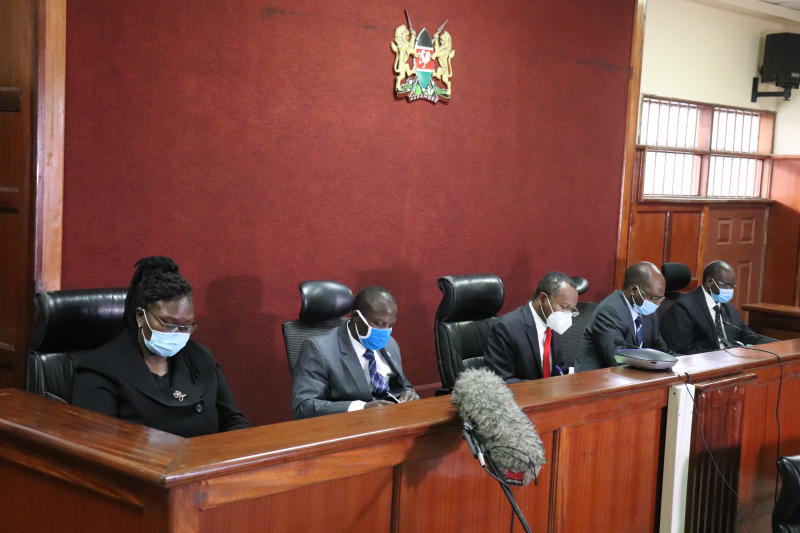×
The Standard e-Paper
Home To Bold Columnists

Until the High Court last week deflated the wheels of the Building Bridges Initiative (BBI) juggernaut to change the Constitution, establishing the office of Judiciary Ombudsman seemed like a foregone conclusion.
The omnibus Constitution of Kenya Amendment Bill, 2020, had lumped the question of judicial independence with political sweeteners such as the enhancement of monetary allocations to the counties, extra seats in parliament for women and politically populous regions.